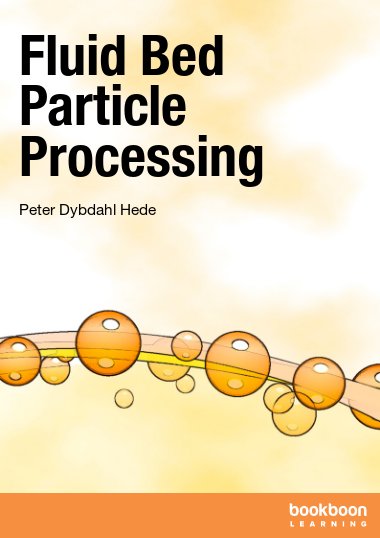The present text introduces the use of fluidised bed processing in the context of wet granulation and coating. The text also covers introductory information about the mechanical properties of dry granules. This is a scientific field rarely taught at universities or engineering schools around the world although it has enormous and ever increasing relevance to the chemical and biochemical industries. Often students are left with nothing but qualitative tendencies and hands-on experience as no textbook yet covers all relevant subjects treated in this text.
Being part of the powder technology field it is the aim of this text to narrow the gap between applied engineering and quantitative models and theory. The text is aimed at undergraduate university or engineeringschool students working in the field of chemical or biochemical engineering. Newly graduated as well as experienced engineers may also find relevant new information as emphasis is put on the newest scientific discoveries and proposals presented in recent years of scientific publications. In order to provide a firm theoretical background several of the relevant formulas have been derived in the appendix which is often impossible to find elsewhere even in scientific literature. It is the hope that such theoretical considerations may help the reader to understand how particle technology is closely related to other branches of chemical science and chemical engineering. The literature list may also hopefully be an inspiration for further reading in the small but highly important field of fluid bed processing.
I alone am responsible for any misprints or errors but I will be grateful to receive any critics and suggestions for improvements.
Copenhagen, September 2006
Peter Dybdahl Hede

